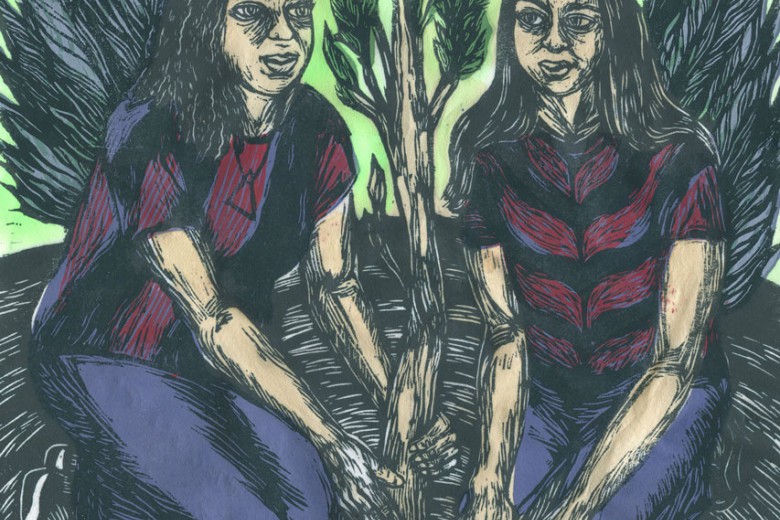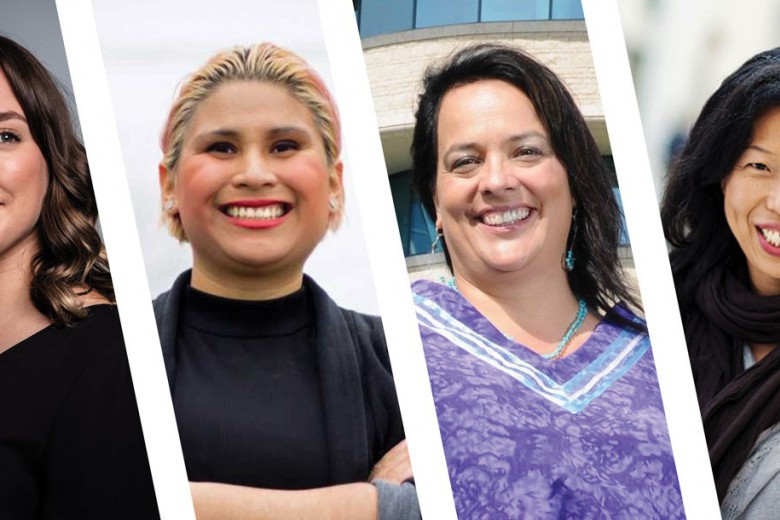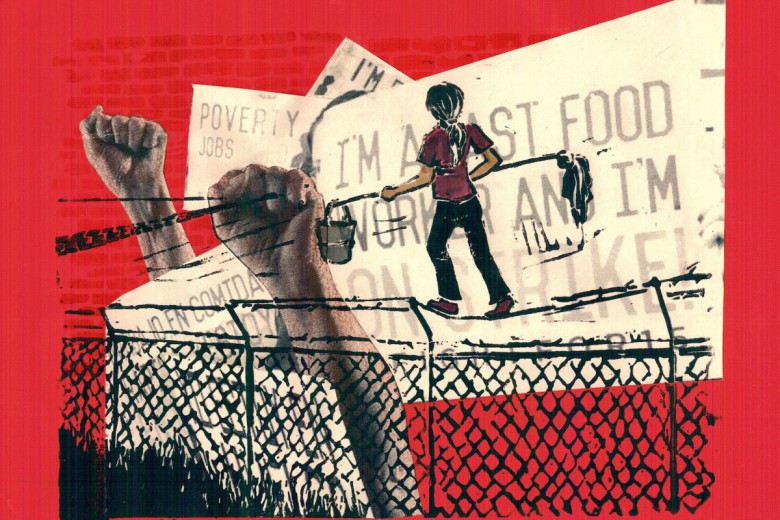
Over the past decade, much has been written about female literacy and how access to even a basic education can reduce poverty and improve the lives of women and girls. But for millions of women in the Global South, it is access to eye care that they need most.
Thirty million women and girls are blind and many millions more have debilitating low vision. Even though two-thirds of the world’s blind are women or girls, in many countries men’s access to eye care is double that of women. This means that millions of mothers can’t see their children’s faces or protect them from harm, that girls cannot go to school or reach their full potential, and that even those with mild vision loss can’t pick the stones from their daily rice. The cost in human suffering and lost productivity is immense. Yet, 80 per cent of global blindness is either preventable or treatable. The leading cause of blindness is cataract; sight can be restored with a 15-minute cataract surgery that costs $50 or less.
Rose Mollel was just a baby when her vision began failing. By age three, she was blind from bilateral cataracts and could no longer see her family’s cattle or the world beyond her Masai hut in Tanzania.
Her mother was desperate to get care for her daughter, but the family was poor and Rose’s father did not see his daughter’s eyesight as a priority. “My husband and I argued so much about getting Rose to hospital that I had to leave my two kids and return to my parents. For three months, I dared not go back to my husband because I was scared of him, but the desire to restore my daughter’s sight still burned in my heart” said Rose’s mother.
Eventually Rose’s grandfather intervened and insisted that Rose receive care. Rose had surgery on both eyes and had her sight restored.
Rose’s story illustrates some of the many barriers that women in the South face. Lack of decision-making power, no economic freedom, the inability to travel freely, and a lack of education and understanding about their own health are some of the obstacles women and girls face. The result is that millions suffer needlessly.
One woman who is leading both her country and region in redressing gender inequality in health care is Herieth Mganga, the gender and blindness coordinator for the Kilimanjaro Centre for Community Ophthalmology in Tanzania. Unique in Africa, Mganga’s job is to train teams of “sentinels” — village women who have been taught to look for and recognize eye problems in children and women and to assist them in seeking care.
Sadly, this important gender and health work is not funded by the Tanzanian government, which was required to reduce public funding for health and education in 1986 under a Structural Adjustment Program imposed by the International Monetary Fund. Instead, the program relies on support by international development groups like Seva Canada, an eye care charity based in Vancouver.
Would it be better if governments recognized and funded women’s health initiatives rather than relying on donor agencies from the North? Absolutely. But in the meantime, programs like Seva’s that build local capacity must step in to relieve unnecessary suffering.
The good news is that with a relatively small amount of funding, programs that address the eye health needs of women and girls can be established and replicated. Part of Mganga’s role is to train other gender and blindness coordinators throughout eastern Africa.
There is a very clear correlation between sight restoration and poverty reduction. It is estimated that the global cost of blindness is $42 billion annually and the productivity generated by a single cataract surgery is fifteen times greater than the cost of the surgery.





_780_520_90_s_c1.jpg)
